To become a **darts master today**, you need dedicated practice, a solid understanding of technique, and strategic gameplay; this article will guide you through the essential elements, from choosing the right equipment to mastering your throw and developing a winning mindset.
⚠️ Still Using Pen & Paper (or a Chalkboard)?! ⚠️
Step into the future! The Dart Counter App handles all the scoring, suggests checkouts, and tracks your stats automatically. It's easier than you think!
Try the Smart Dart Counter App FREE!Ready for an upgrade? Click above!
The Journey to Darts Master Today: Essential Elements
Becoming a proficient darts player isn’t just about throwing pointy objects at a board. It’s a combination of physical skill, mental fortitude, and strategic thinking. Whether you’re aiming for local tournaments or simply want to improve your game, understanding the key elements is crucial. We will explore the essential components of becoming a **darts master today**.
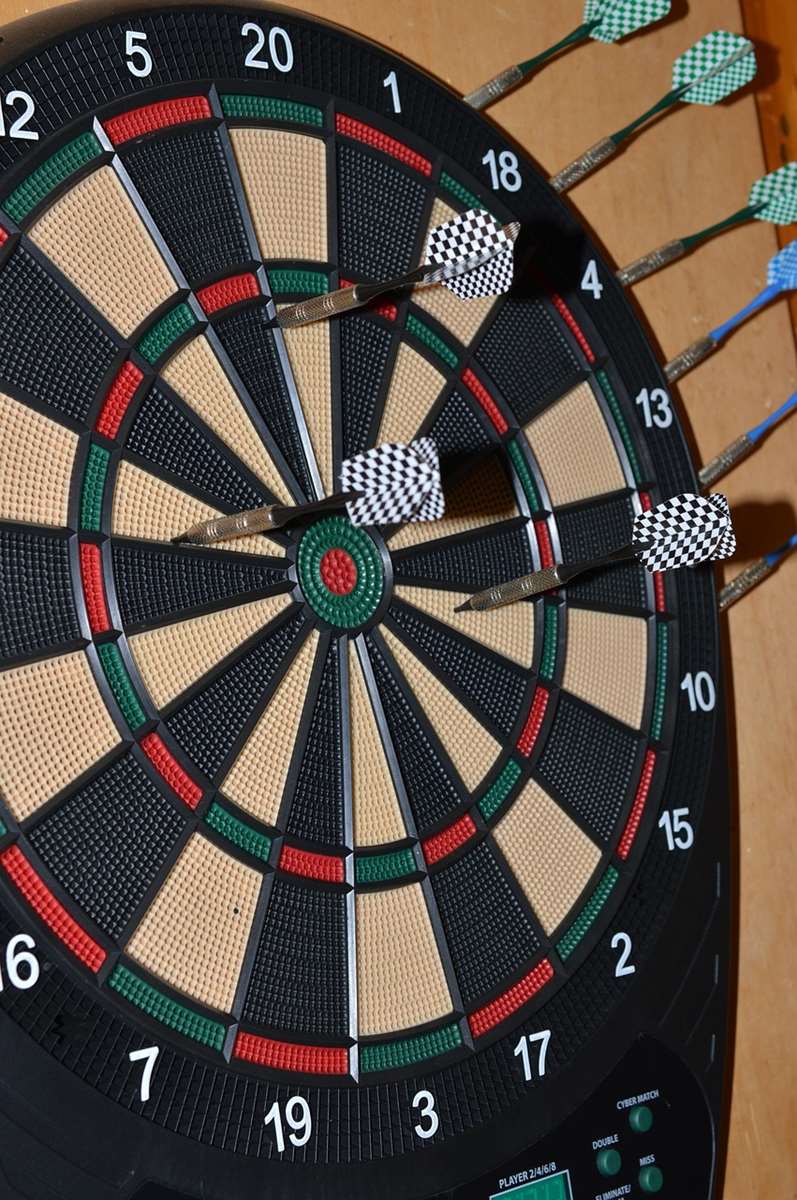
Choosing the Right Equipment
Your equipment is the foundation of your game. Let’s break down the key considerations:
- Darts: Experiment with different weights (usually between 21-26 grams) and materials (tungsten is a popular choice for its density). Consider the grip, barrel shape, and flight type.
- Dartboard: A high-quality sisal fiber dartboard is essential for durability and longevity. Look for a board with thin wire spiders to minimize bounce-outs. It is a good idea to consider b&m dart board to compare the different options available.
- Flights: Flights affect the dart’s trajectory. Standard flights offer stability, while smaller flights are faster. Experiment to find what works best for you.
- Shafts: Shafts connect the flight to the barrel. Different lengths and materials impact the dart’s balance and flight path.
- Oche (Throw Line): Maintaining a consistent distance is key. Ensure your oche is the regulation distance from the dartboard (7 feet 9 1/4 inches).
Remember, there is no one-size-fits-all solution. The best equipment is what feels comfortable and natural in your hand.
Mastering the Throw: Technique and Consistency
Developing a consistent and accurate throw is the cornerstone of becoming a darts master today. This involves refining your stance, grip, arm motion, and release.
Stance and Posture
A stable stance is crucial for balance and control. Here’s a basic approach:
- Position your throwing-side foot slightly angled towards the board.
- Distribute your weight evenly between both feet.
- Maintain a relaxed but upright posture.
- Experiment with different stances (straight-on, angled) to find what feels most comfortable and stable.
Grip
Your grip should be firm enough to control the dart but relaxed enough to avoid tension. Popular grip styles include:
- Two-finger grip: Uses the thumb and index finger to hold the dart.
- Three-finger grip: Adds the middle finger for extra control.
- Pencil grip: Holds the dart like a pencil.
Experiment with different grips to find what gives you the best control and feel. Avoid gripping the dart too tightly, as this can lead to tension and inaccuracy. It is important to feel comfortable when holding the darts set. Consider purchasing a darts set hs code.
Arm Motion and Release
The key to a consistent throw lies in a smooth, pendulum-like arm motion. Here’s a breakdown:
- Bring the dart back in a straight line towards your eye.
- Keep your elbow high and stable.
- Accelerate the dart smoothly forward.
- Release the dart at the peak of your throw, aiming for the desired target.
Follow through with your arm after releasing the dart to ensure a consistent trajectory. Practice is key to refining your arm motion and developing muscle memory. Watch videos of darts best shots to help you visualise the ideal technique.
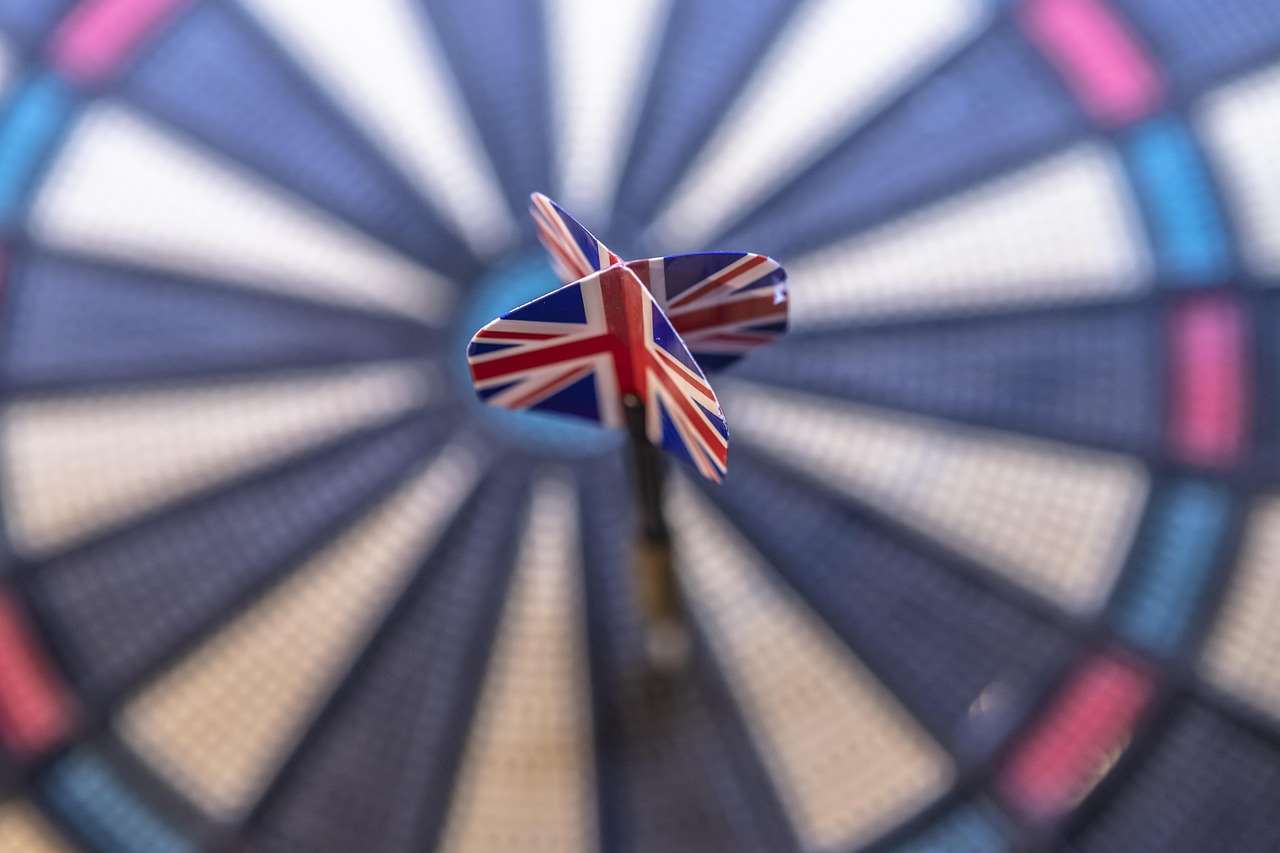
Strategic Gameplay: Beyond the Throw
While a good throw is essential, strategic gameplay can give you a significant edge. A true darts master today understands not just how to throw, but where to aim and how to plan their moves.
Understanding Checkout Strategies
Knowing how to finish a leg efficiently is crucial. Common checkout strategies include:
- Leaving a double: Aim to reduce your score to a number that can be finished with a single double.
- The 170 checkout: T20, T20, Bullseye. A high-risk, high-reward strategy.
- Calculating outs: Learn to quickly calculate different checkout routes based on your current score.
Practice different checkout combinations to become comfortable with various finishing scenarios. Consider using a darts scoring tablet to help you with checkout calculations.
Target Selection and Prioritization
Knowing when to aim for the treble 20 (T20) and when to target other areas of the board is essential. Consider these factors:
- Current score: Adjust your target based on your remaining score and desired checkout path.
- Opponent’s score: If your opponent is close to finishing, prioritize scoring high to maintain your lead.
- Accuracy: If you’re struggling with the T20, consider aiming for the single 20 or the treble 19 to avoid busting.
Adapt your target selection based on the situation and your own strengths and weaknesses. Remember, consistency is often more important than always chasing the high score. You could even try using a Dart Counter App to keep track of your current score, outs and so much more.
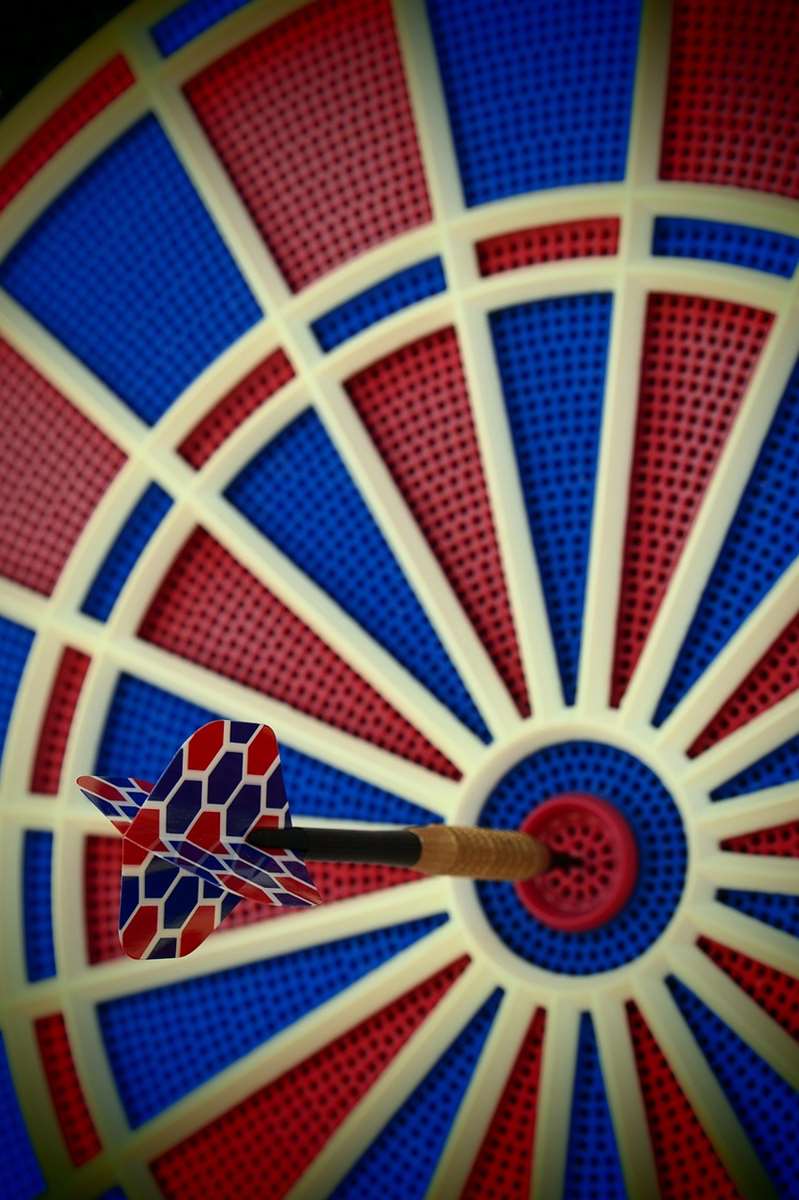
The Mental Game: Focus and Composure
Darts is as much a mental game as it is a physical one. Maintaining focus, managing pressure, and staying composed are crucial for consistent performance. A **darts master today** excels under pressure.
Developing a Pre-Throw Routine
A consistent pre-throw routine can help you focus and prepare for each throw. This might include:
- Visualizing the target.
- Taking a deep breath.
- Repeating a mental cue (e.g., “smooth throw”).
Find a routine that works for you and stick to it consistently. This will help you create a sense of familiarity and control, even in high-pressure situations. Consider the darts 180 sound effect as a positive affirmation.
Managing Pressure and Nerves
Nerves are a natural part of competition. Here are some tips for managing pressure:
- Focus on your breathing and relax your muscles.
- Remind yourself of your practice and preparation.
- Stay present in the moment and avoid dwelling on past mistakes.
Practice in simulated competition environments to help you get comfortable playing under pressure. Remember that even the best players experience nerves, so don’t let them derail your game.
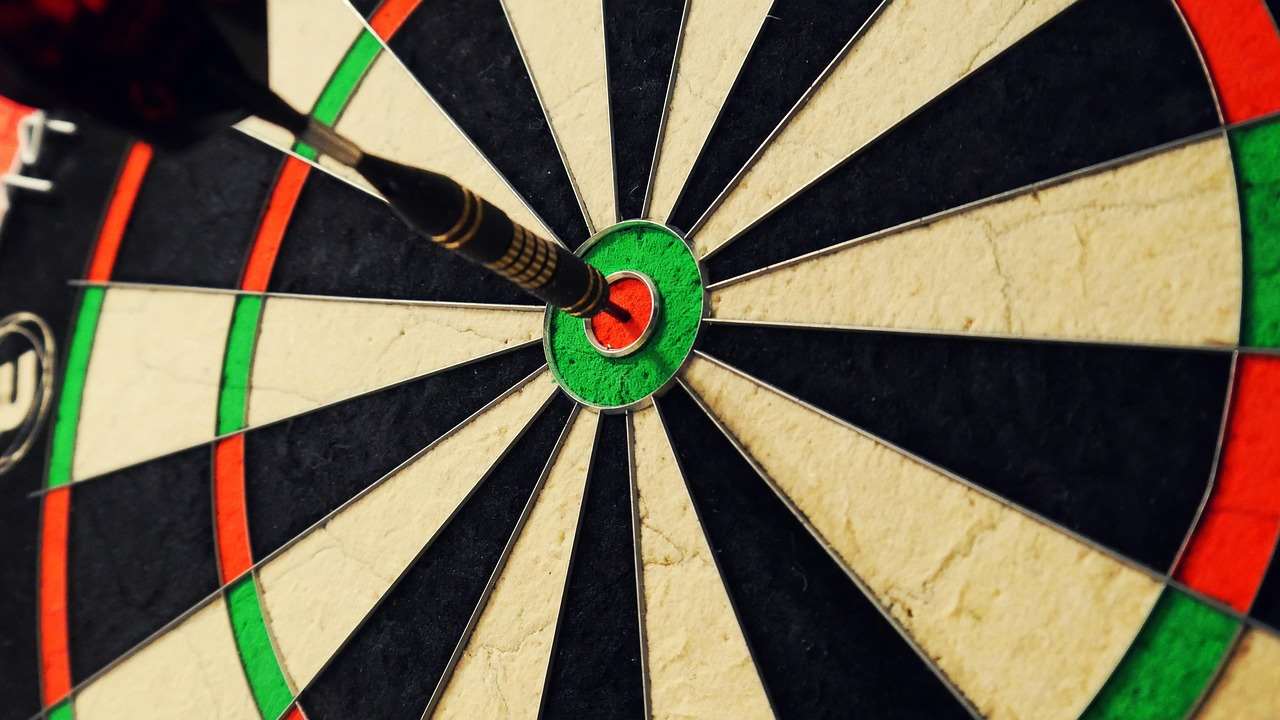
Practice and Drills: Sharpening Your Skills
Consistent practice is essential for improvement. Here are some drills to help you sharpen your skills and accelerate your journey to becoming a **darts master today**:
Around the Clock
This drill focuses on accuracy and consistency. Start by aiming for the single 1, then the single 2, and so on, all the way around the board. You can increase the difficulty by aiming for the doubles or trebles.
High Score Challenge
This drill focuses on maximizing your score. Throw a set number of darts (e.g., 9 darts) and try to achieve the highest possible score. This helps you improve your target selection and scoring efficiency.
Checkout Practice
This drill focuses on checkout strategies. Start with a specific score (e.g., 40) and try to finish it with the fewest possible darts. Practice different checkout combinations to become comfortable with various finishing scenarios. You can even try to qualify for the darts tournament winner.
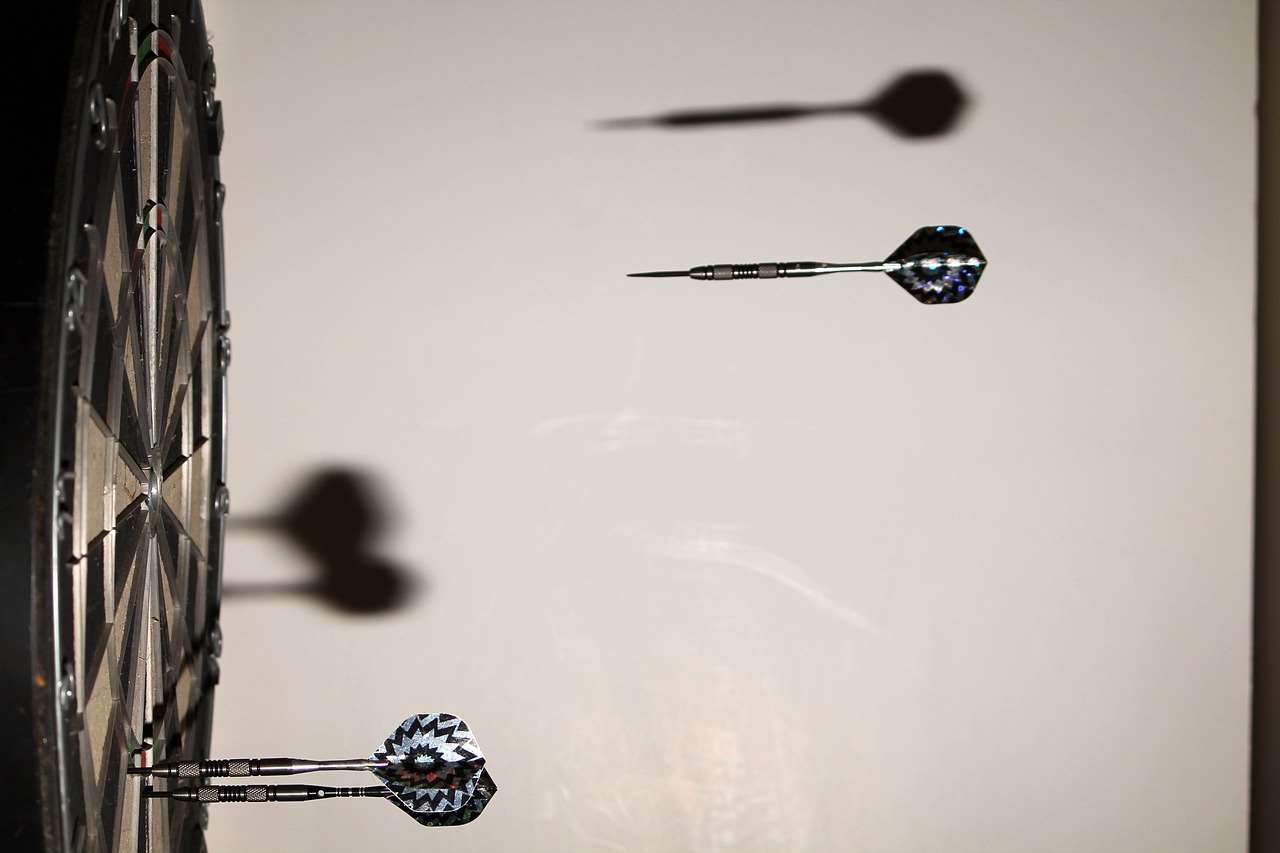
Setting Realistic Goals and Tracking Progress
Setting realistic goals is essential for staying motivated and tracking your progress. Whether your goal is to win a local tournament or simply improve your average score, having clear targets will help you stay focused and on track. A **darts master today** understands the importance of consistent progress monitoring.
Short-Term and Long-Term Goals
Break down your overall goal into smaller, more manageable steps. Examples of short-term goals might include:
- Improving your average score by 5 points per leg.
- Increasing your checkout percentage by 10%.
- Mastering a specific checkout combination.
Long-term goals might include:
- Winning a local tournament.
- Achieving a specific ranking in your league.
- Consistently hitting 180s.
Tracking Your Progress
Keep track of your scores, averages, and checkout percentages. This will help you identify areas where you’re improving and areas where you need to focus your practice. Consider using a darts scoring app or a notebook to track your progress. This will also help you stay motivated and see the results of your hard work.
Conclusion: Your Path to Darts Mastery
Becoming a darts master today is a journey that requires dedication, practice, and a strategic approach. By focusing on your technique, developing your mental game, and setting realistic goals, you can steadily improve your skills and achieve your full potential. Embrace the challenge, enjoy the process, and remember that consistent effort is the key to success. Now, pick up those darts and start practicing!
Hi, I’m Dieter, and I created Dartcounter (Dartcounterapp.com). My motivation wasn’t being a darts expert – quite the opposite! When I first started playing, I loved the game but found keeping accurate scores and tracking stats difficult and distracting.
I figured I couldn’t be the only one struggling with this. So, I decided to build a solution: an easy-to-use application that everyone, no matter their experience level, could use to manage scoring effortlessly.
My goal for Dartcounter was simple: let the app handle the numbers – the scoring, the averages, the stats, even checkout suggestions – so players could focus purely on their throw and enjoying the game. It began as a way to solve my own beginner’s problem, and I’m thrilled it has grown into a helpful tool for the wider darts community.